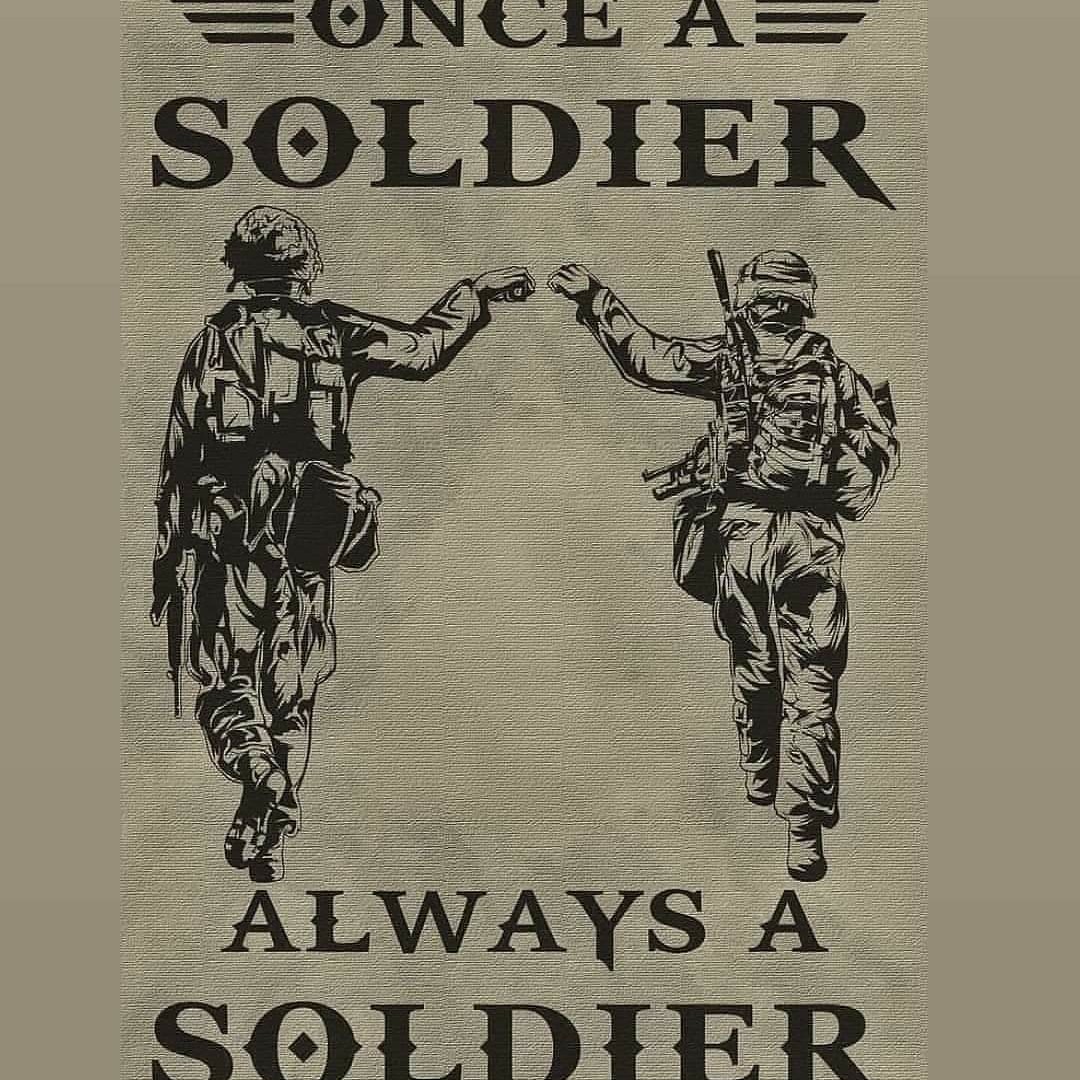Author: Major General Vijay Pande, VSM (Retd)
(Views are personal. Information is from open sources)
“It is not the size of the dog in the fight,
It is the size of the fight in the dog”
Mark Twain
By all accounts Goliath, the champion of the Philistines (circa 9th century BC) was an imposing giant. Some described him as almost ten feet tall, others put a more conservative figure of around seven feet on him. He was challenged by a diminutive David of the Israelites to face him in combat. Goliath was strong of build, proud and arrogant, his armour impregnable and believed his victor was yet to be born. David had no visible signs of strength to speak of, no armour to protect him and a just a slingshot with five stones as his weapons. However, David used his slingshot to good effect; the first stone flung with it struck Goliath in the forehead and brought him down. Within no time David descended upon Goliath and severed his head from his body. In a moment, the myth of Goliath’s invincibility was reduced to dust.
During World War II, when the power of Nazi Germany was at its peak, having captured most of Europe and knocking at the gates of Leningrad, Moscow and Stalingrad, a lesser known group called ‘Partisans’ played a critical role in weakening the German army with continuous harassing operations in their rear areas. The partisans were active in the territories occupied by Nazi Germany during their march into Soviet Russia which included Yugoslavia, Poland, Lithuania, Ukraine among others, as also in occupied France. Who were these Partisans? They were groups of ordinary men and women who dared to pick up arms and operate behind the German lines, raiding, ambushing, cutting off lines of communication and generally giving a torrid time to the enemy. They had little or no formal training but were replete with courage and resolve. One of them was a gutsy French woman called Nicole, who proved to be the nemesis of many Nazi soldiers.
In 1948, a newly born Israel went to war immediately with its Arab neighbours who were outraged at the development. The Arab countries massed large number of warriors and outnumbered the fledgling Israeli Army. The Arab League forces were also supported by irregular groups and foreign mercenaries. In reply, Israel mobilised every citizen for action as it was literally an existential war and prevailed over its opponents.
Numbers and technological superiority are important in warfare no doubt but are not the only deciding factors. Otherwise the results for the USA in Vietnam as well as Afghanistan would have been different. Sun Tzu, arguably the greatest military thinker of all time, listed out five essentials for victory. These were, one, “he will win who knows when to fight and when not to fight”; two, “he will win who knows how to handle both superior and inferior forces”; three, “he will win whose army is animated by the same spirit throughout all its ranks”; four, “he will win who, prepared himself, waits to take the enemy unprepared”, and five, “he will win who has military capacity and is not interfered with by the sovereign”.
Historically, there have been countless wars in which the armies of the opposing sides were not evenly matched in numbers. Genghis Khan, one of the greatest conquerors in history, never had a combined force of more than a hundred thousand soldiers and he pretty much brought the entire Eurasian continental region from the shores of the Sea of Japan to Central Europe under his heel. In October 1947, the Indian Army staved off hordes of raiders from Pakistan on the outskirts of Srinagar with just one Battalion initially, the famous 1 Sikh, commanded by Lt Col DR Rai. Of course, reinforcements flew in fast thereafter and the tide was turned.
The great military thinker Liddel Hart said, “in war the primary target is the mind of the enemy commander and not the bodies of his troops”. Wars are fought not only in the physical domain, which is the most visible, but also in the psychological as well as the moral domains which are not so easily discernible. The Chinese refer to second part as the ‘three wars strategy’ which includes public opinion, psychological and legal warfare.
The morality of war demands that the citizens as also the soldier must believe in the justness of the cause and the unavoidable necessity for which the nation must take recourse to war. This will be one of the prime motivations for the soldier. War is not a spectacle just to be viewed in the living rooms or dissected in the studios. Lives of men and the fate of a nation must not be reduced to a shouting spectacle on evening prime time. Everyone must believe that, having exhausted all options, there is no alternative to defend the righteous cause and then plunge into it with heart and soul.
The psychology of war will necessitate the exploitation of information and the means of disseminating it as the new “strategic high ground” in warfare. The shaping of perceptions using information as a weapon will be the new normal in non-kinetic warfare. Narratives and counter narratives will inundate the air waves and the mind space. The greater the availability of information and technology, the greater the challenges as well as the opportunities. Everyone must be alive to this unseen facet of war.
United we must stand.
“For the strength of the Pack is the Wolf,
And the strength of the Wolf is the Pack.”
Rudyard Kipling

